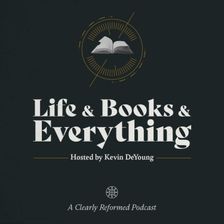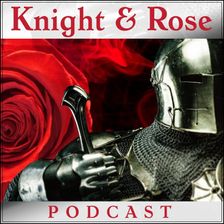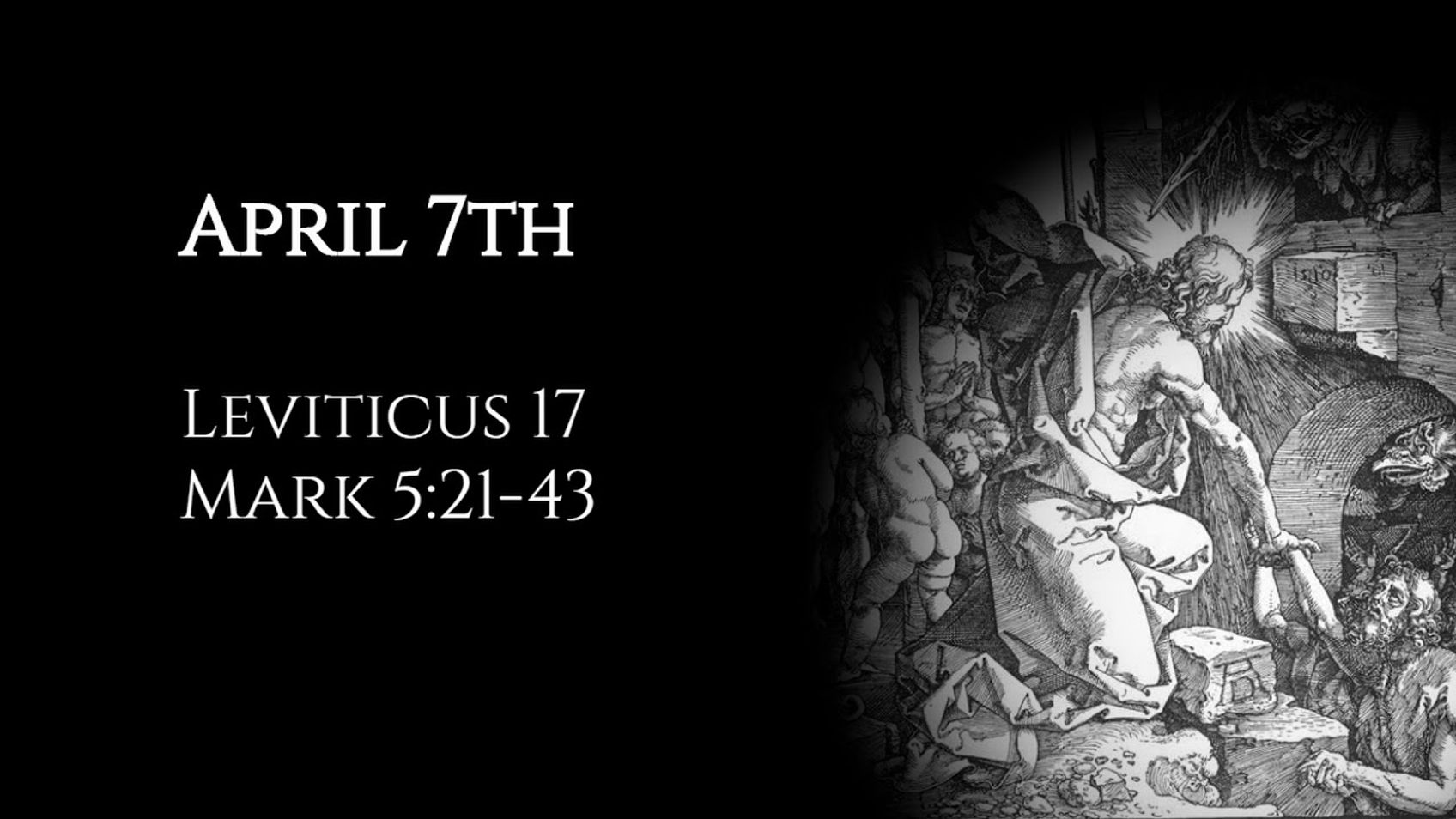April 7th: Leviticus 17 & Mark 5:21-43

Slaughter and meat-eating regulations. The woman with the discharge of blood and Jairus' daughter.
Some passages referenced:
Genesis 9:3-6 (the law concerning blood); Genesis 9:6, Numbers 35:33 (similarity between description of shedding blood of an animal and shedding the blood of a human being); Isaiah 13:21, 34:14 (goats and demons in the wilderness); Leviticus 11 (food laws); Deuteronomy 12:15-28 (laws for slaughter and meat-eating in the land).
Numbers 32:41, Deuteronomy 3:14, Judges 10:3-4 (Old Testament Jairs); Mark 6:56, Acts 5:15, 19:12 (healing through touch of garments and other things associated with a healer’s body); Mark 7:34 (words preserved in Aramaic).
Reflections upon the readings from the ACNA Book of Common Prayer (http://bcp2019.anglicanchurch.net/).
If you have enjoyed my output, please tell your friends. If you are interested in supporting my videos and podcasts and my research more generally, please consider supporting my work on Patreon (https://www.patreon.com/zugzwanged), using my PayPal account (https://bit.ly/2RLaUcB), or by buying books for my research on Amazon (https://www.amazon.co.uk/hz/wishlist/ls/36WVSWCK4X33O?ref_=wl_share).
The audio of all of my videos is available on my Soundcloud account: https://soundcloud.com/alastairadversaria. You can also listen to the audio of these episodes on iTunes: https://itunes.apple.com/gb/podcast/alastairs-adversaria/id1416351035?mt=2.
More From Alastair Roberts

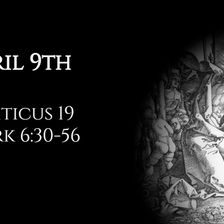

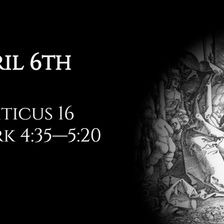
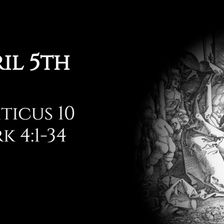
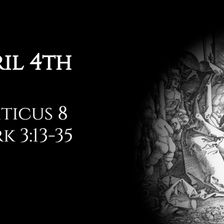
More on OpenTheo
